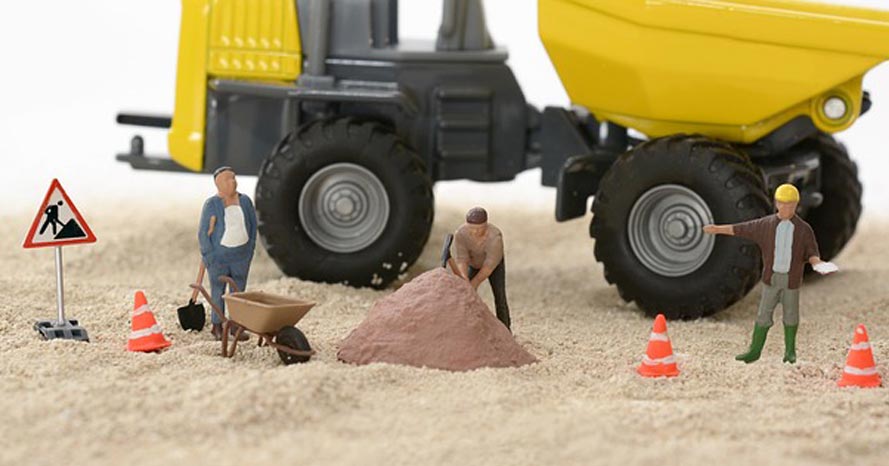
Potholes are the scourge of UK roads – not only for motorists but for the local authorities who have to fix them.
According to latest figures from the Asphalt Industry Alliance, councils spent £24.5 million on repairing 1.86 million holes in 2017/18.
And, findings by the RAC reveal that in the last two months of 2018, its patrols attended more than 1700 call-outs where defective roads caused vehicle damage such as broken suspension springs and buckled wheels.
Potholes are undoubtedly a safety hazard for road users on four wheels and two wheels, and the relevant authorities need to be alerted to them.

The RAC provides plenty of information online on how to report a pothole – as well as how to go about claiming compensation if your car sustains pothole-related damage.
Given that potholes seem to be everywhere, there is a strong chance you’ll encounter one at some point, but there are some precautions you can take to protect your vehicle and yourself.
First, check your tyre pressure at least once a month. Keep tyres inflated to the manufacturer’s recommended levels and make sure tyre treads and sidewalls are in good condition. Have your car serviced regularly by a reputable garage so that any steering, wheel alignment or suspension issues can be identified and put right.
Stay alert to the possibility of potholes and if you see one, drive around it if you can, taking care to avoid other road users including pedestrians before you change direction.
Always try and drive around puddles. You don’t know what cracks are lurking beneath. Similarly, where you can, avoid those roads which are known to be in a poor, uneven condition.

Unfortunately, potholes aren’t always easy to spot, and you may have no choice but to drive over one. If that’s the case, drop your speed to minimise impact on your vehicle and maintain a firm grip on the steering wheel, preferably with your hands in the 10 to 2 position.
Potholes can cause sudden swerving and loss of control, so slow down, avoid unnecessary braking and keep a safe distance from the car in front.
If your car does hit a pothole, pull up in a safe place and examine the vehicle closely for signs of harm. If you suspect that it hasn’t escaped unscathed, take it to a garage.
Punctures, dents in the wheel rim, worn tyres, leaking fluid and a sense that the car is pulling to one side, are all signs that your vehicle might well have sustained pothole damage.
Despite the efforts of highways departments, potholes are an ongoing problem, but try and minimise risk through good driving practice and reporting potholes when you see them. For more information visit www.gov.uk/report-pothole
Never miss a deal again
Sign up to our mailing list to receive the latest deals straight to your inbox!
Categories
More Articles

2024's Top Leased Cars Revealed: Surprising Favourites Among UK Drivers
From hatchbacks and SUVs to luxury cars, we give the run down on the UK's top 10 lease cars from 2024.

Everything You Need To Know About Leasing For UK Startups
A vehicle might be critical to a start-up business but can also be important in establishing credibility and developing...

The Best Cars For Mums In 2025: Family-Friendly Leasing Options
Check out our rundown of the best family-friendly leasing options for mums in 2025, all available at Pink Car Leasing.




























